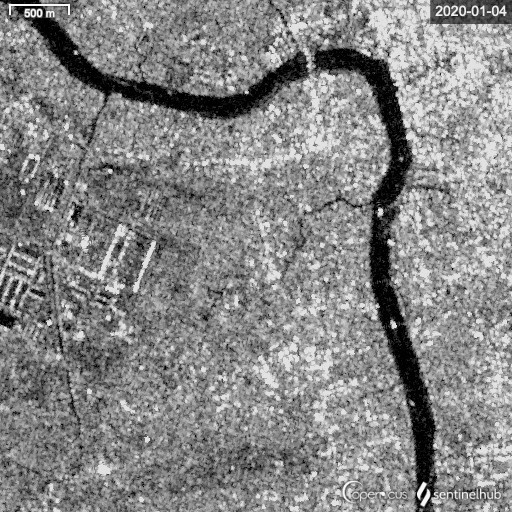Story
What do water hyacinths and plastic waste have in common?
05 March 2021
They are both clogging up rivers across the globe but a new project, involving PML scientists, aims to combine these two issues for greater benefit.

The Floating Litter and Plant Patch Remover (FLiPPR) project is a collaborative effort between PML, Plastic Fischer, Wageningen University and Poseidon Data, and financed by the Norwegian Retailers’ Environment Fund (Handelens Miljøfond). It plans to combine the collection of floating plastic litter and invasive water hyacinths to increase the scalability and financial viability of improving ecosystem health, water quality, and river navigability.
Since the BBC’s flagship show Blue Planet II in 2016, the issue of plastic pollution has been high on the environmental agenda. According to the International Union for Conservation of Nature (IUCN), at least 8 million tonnes of plastic ends up in our ocean every year, and much of this will begin its watery journey to the sea in river systems.
Not so well known is the ecological impact of water hyacinths in river systems around the world. Water hyacinths (Eichhornia crassipes) originate from the Amazon Basin but are now prolific in most (sub)tropical rivers around the world. Water hyacinths can reproduce at an astounding rate and it has been measured that after three months, 10 plants can become 600.
As pretty as these plants are, they are causing a range of issues, such as shading out light, depleting water oxygen, blocking boats, decreasing biodiversity, degrading water quality, slowing down river flow, increasing evaporation and providing mosquitoes a wonderful habitat. However, water hyacinths can also be used to make products, such as placemats, baskets, shoes, handbags and even furniture, increasing the value of removed vegetation.
Assistant Professor Tim van Emmerik, Hydrologist at the Wageningen University and collaborator on the FLiPPR project, commented: “During one of our sampling campaigns in the Saigon river in 2019, we found that most of the plastics are not free-floating. In fact, the vast majority seem to get stuck in water hyacinths“.
Considering the close proximity of the two and the potential value of water hyacinths as a raw material, the team have launched a pilot study to investigate the efficacy of combined collection, with PML helping to identify suitable sites through radar and optical satellite technology.
Dr Lauren Biermann, Earth Observation Scientist at PML and project participant, commented: “By using our expertise in Earth observation, we can help identify suitable locations for Plastic Fischer to deploy its FLiPPR prototype. Ultimately, we hope to remove these two environmental problems in a cost-effective and scalable way, supporting local municipalities and hopefully creating safe and sustainable jobs within the community“.
Karsten Hirsch, CEO &Co-founder of Plastic Fischer, said: “We hope to bring together local businesses, concerned citizens, authorities and scientists to get rid of plastic reaching the ocean“.
Related information

Sentinel-1 radar time-series showing movement of hyacinth down the Saigon river and peak growth times (produced by Dr Lauren Biermann/PML).
Plastic plants: Water hyacinths as driver of plastic transport in tropical rivers (Pre-print manuscript)
